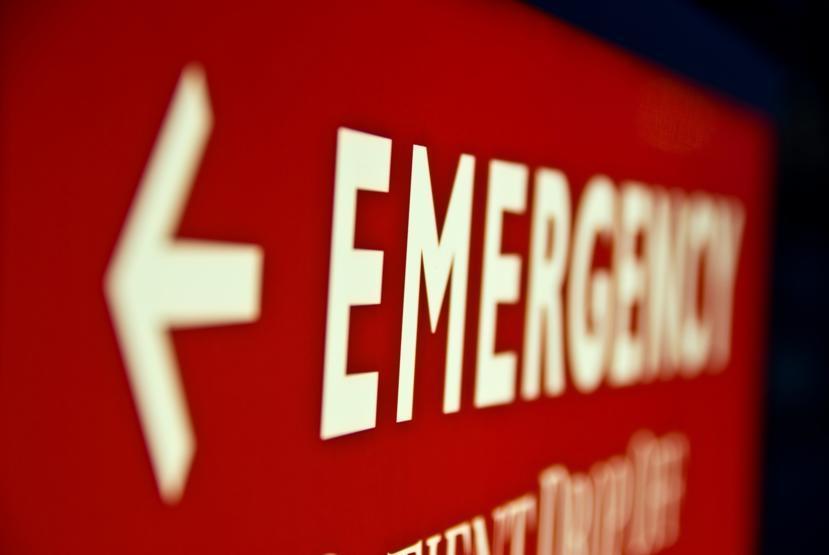Complications of Myocardial Infarction

Complications can be divided according to different factors:
- Electric complications are practically constant after macro focal MI (when a big part of the heart wall is affected with necrosis). The most common complications are arrhythmias, which are not life-threatening; however, they witness about the serious violations of the heart functioning that require correction.
- Hemodynamic complications emerge because of the violations of the pumping function of the heart, mechanical disorders, and electromechanical dissociation.
- Reactive and other complications.
Symptoms are divided as such:
- Early consequences (complications). These are the complications that arise in the first hours or the first three or four days after the attack.
- Late complications (complications). They develop at two or three weeks, during the expansion mode.
- Early complications of MI
- Cardiogenic shock
- Acute heart failure
- Cardiac rupture
- Pericarditis
- Thromboembolic complications
- Cardiac aneurysm
- Sharp rhythm and conduction disturbances
- Late complications of myocardial infarction
- Dressler syndrome( inflammation in the heart wall due to the body's hyperactive immuno-response to injury or illness affecting the heart)
- Chronic cardiac aneurysm
- Chronic heart failure
- Cardiogenic shock (CS) usually occurs in the acute phase of myocardial infarctionl.
Peripheral signs of cardiognic shock:
- Pale skin
- Acrocyanosis
- In severe cases - marbling of the skin
- Cold sweats
- Sleeping veins
- Cold extremities (palms and feet)
The leading sign of CS - systolic blood pressure drops below 80 mm Hg. Art. The pulse pressure falls down to to 20 to 25 mm Hg. Art. and even below these figures. Sometimes cardiogenic shock develops at normal figures of the blood pressure as well.
Severe heart failure can manifest quickly. Mainly, it`s reflected by left ventricular type:
- progressive shortness of breath
- tachycardia
- crackles in the lungs
- coughing up blood
- further symptoms of kidney failure may develop, which is marked by oliguria - a drop in urine output (less than 20 ml / h), with prolonged increases of blood nitrogen levels.
There is a marked retardation in the CNS functioning.
- Forms of cardiogenic shock regarding the symptoms manifestation.
- Reflex shock (a reflex effect of violating the normal vascular tone and blood flow regulation);
- True cardiogenic shock (due to severe disorders of the contractile function of the left ventricle with reduced cardiac output, blood pressure and impaired peripheral circulation);
- Areactive shock ( unresponsiveness to any pathogenic agents, in the form of classic treatment - low blood pressure despite treatment);
- Arrhythmic shock (severe cardiac arrhythmias and disturbance of conduction, ventricular paroxysmal tachycardia, complete atrioventricular block).
- Acute heart failure. Acute heart failure often follows myocardial infarction as the main complication of the condition.
Moderate type:
- Slightly pronounced cyanosis
- Dyspnea
- Tachycardia to 100 to 110 beats / min.
- Left border of the heart extended
- Auscultation - I of the tone at the top is muted.
- Systolic murmur in the same place or on the aorta
- Lungs - hard breathing
- X-ray - increased pulmonary pattern
Severe degree of heart failure:
- Obvious shortness of breath
- Cyanosis
- Tachycardia
- Often marked gallop or embryocardia
- Accent II tone on the pulmonary artery
- Common systolic murmur due to relative mitral insufficience
- Liver moderately enlarged and painful on palpation
- X-ray of lungs - the phenomenon of venous stasis
The most severe type of heart failure is cardiac asthma and pulmonary edema.
Manifestation is as follows:
- Choking
- Bubbling breath
- Cough at first dry, then with copious, frothy, pink sputum
- Pale skin, cold to the touch
- Deep cyanosis
- Frequent, weak, often arrhythmic pulse
If you think you are in danger, go to a hospital as soon as possible.















